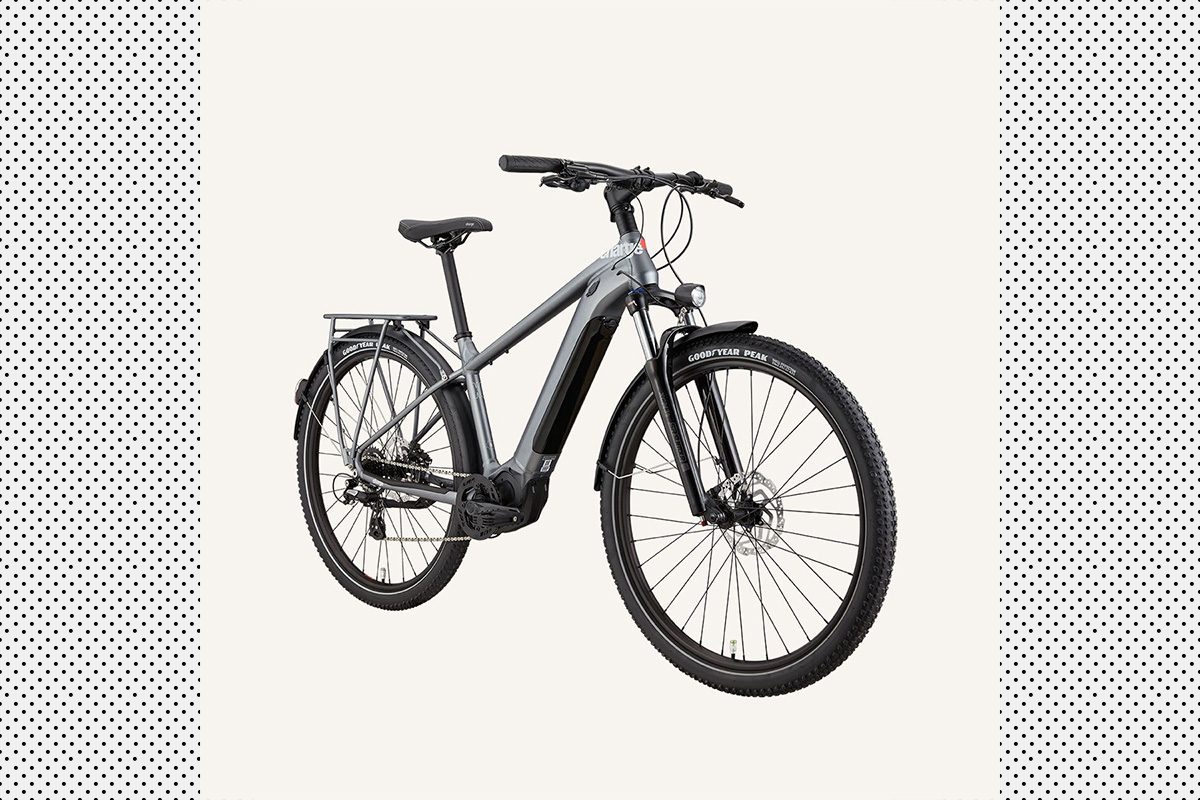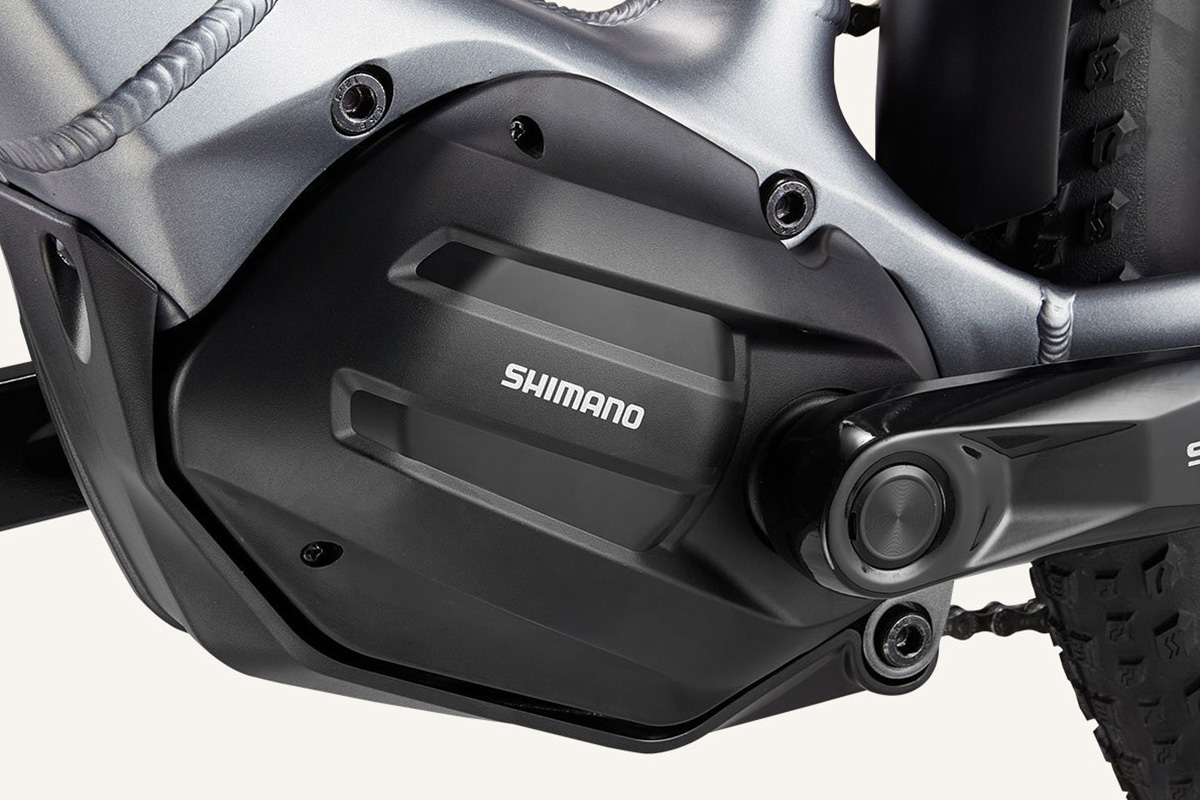Nota bene: If you buy through the links in this article, we may earn a small share of the profits.
If nothing else, 2020 has been good for the people making e-bikes.
Fueled by limited exercise options, permanent street closures and a renewed commitment to getting outside, Americans are buying e-bikes like never before. Since spring, sale statistics have indicated 70% month-over-month growth in comparison to 2019. In July, a study published in The International Journal of Environmental Research and Public Health found that e-bike riders cycle more frequently, and regularly meet standard exercise recommendations of 150 minutes of moderate activity per week. And in September, Jeep will start shipping its first e-bike, continuing the trend of car companies breaking into the personal electric vehicle space (see: BMW, Peugeot, Skoda). It apparently cranks straight up cliffs.
Even bad press for e-bikes has been good. Earlier in the summer, a French advertising regulation authority elected to ban a controversial commercial from VanMoof, a Dutch brand that’s reached international acclaim for its line of commute-minded, pedal-assist bikes. With that sort of decision, you’d expect some 2007 Super Bowl-level smut, but all the VanMoof advert had shown was smokestacks and clogged highways in the reflection of a car, before flashing “Ride the Future” and swapping in a VanMoof bike. Unsurprisingly, the powers that be in Paris don’t want cars off the roads quite yet.
After months of reading about how life-changing the things were, I resolved to start whipping around the neighborhood on one. My official entry to e-bike fever began this summer on the seat of the XC, an all-terrain two-wheeler made by electric bike company Charge. The brand is based in hilly Somerset, England, and has been around since 2004. It’s used that time well. This is a thoughtful bike, with serious specs. If you’re a veteran, you won’t be disappointed. But if you’re a newcomer, you shouldn’t be intimidated.
The Charge XC travels 50 miles on one charge, which is actually on the higher end of the spectrum. (Most e-bikes fall somewhere between 25 and 50 miles.) It powers your pedal up to 20-mph — you can go faster than that, it’ll just have to come from your own work, or the help of a downhill — and shifts between four different modes: Off, Eco, Normal and High. Playing around with the gears, as with any bike, will affect the ease of your biking experience. The handlebars fold 90 degrees for easier storage, both the 250W motor and the speedometer are from Japanese manufacturer Shimano, while the versatile tread tires are supplied by Goodyear.
After just a week of riding the XC, I was a believer — both in e-bikes as a concept, and in the benefits of owning one that’s a tank on the roads. If you haven’t properly ridden an e-bike before (and I’m not sure those bolt-logo’d Citi Bikes count) either schedule a test drive at your local cycle shop, or find a friend who owns one and beg them to let you try it. They don’t travel as quickly as mopeds, obviously, but they’re way safer than electric scooters, and way more accessible than electric skateboards. Your legs stay fresh, there’s perpetual tailwind, and you get to have fun keeping up with cars.
To be clear: it’s still exercise. But that’s the best part. Back to that study published over the summer: there’s a reason researchers were reporting commendable, consistent heart rate activity from people who owned e-bikes. Exercise tends to flourish when people forget that they’re doing it, like kids running around on a jungle gym. It’s one reason that e-bikes might be a worthy option for those looking to either jumpstart their fitness again, or incorporate it in a low-stakes manner to everyday life as they age. E-bike brands, as arbiters of a green transportation solution, tend to target younger, “last mile” commuters in urban areas. They should continue to do so. E-bikes will have a massive role to play in a post-pandemic world with uncomfortable environmental question marks. But there is another, less intense reason to stump right now for e-bikes: they’re good fun.
And they’re at their best, in my opinion, in a maximalist design. The XC, for instance, has a durable aluminum frame, all-weather fenders, and fiberglass-reinforced pedals. It’s a lot. But that’s on purpose. If you’re going to be flying down the road (for the record, my current best is 22.7 mph), you don’t want a rickety motor hitched up to a skinny frame. The seat should feel like a veritable saddle, which it does. For more adventurous riders, the XC is built to handle gravel and roots and all sorts of off-road terrain. But that description may apply already to America’s bike lanes (a big reason some bikers, even in the heart of New York City, will take a gravel bike to work).
Some will say that getting to ride around town in a bike that was built for the mountains and outfitted with a motor is unfair. But then again, so is 2020.
We've put in the work researching, reviewing and rounding up all the shirts, jackets, shoes and accessories you'll need this season, whether it's for yourself or for gifting purposes. Sign up here for weekly style inspo direct to your inbox.




















